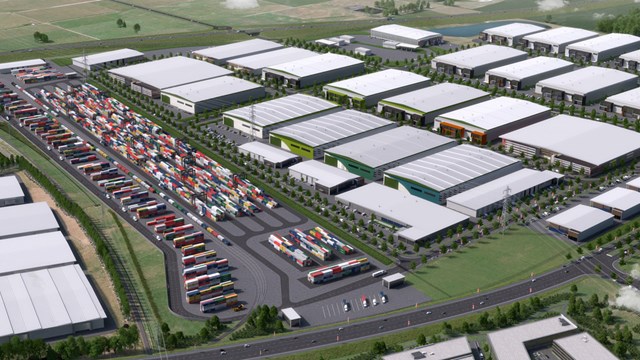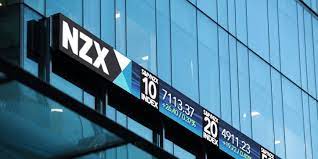汉密尔顿郊区开设了一个大型物流中心和工商业综合体。
Ruakura Superhub 在全面建成后将占地 490 公顷,规划过程已有 16 年了。
该项目的初始阶段于本月初开通,包括一个 “内陆港口”,该港口将东海岸干线与最近开通的怀卡托高速公路上的专用交汇处连接起来。第一阶段还包括工业空间和10公顷的湿地。
整个综合体的未来计划包括建设主要工业、商业和零售区。
该项目是Waikato-Tainui iwi(通过其商业部门泰努伊集团控股公司)和汉密尔顿市议会的合资企业。
泰努伊集团控股董事长Hinerangi Raumati-Tu’ua表示,这个超级中心确保了怀卡托-泰努伊部落和怀卡托地区的经济未来。
“Ruakura Superhub是一个超大型项目,它将继续创造可持续的经济效益,为怀卡托-泰努伊当代和子孙后代的重要社会发展、文化和环境计划提供资金。
“超级枢纽的好处也要广泛得多,我们城市、地区和国家的经济都将感受到我们在这里建设的东西的积极影响。商业、就业、效率、住房和环境收益都将来自——实际上已经来自Ruakura Superhub。”
“内陆港口” 的初始容量为每年多达60,000个集装箱运输。当综合体全面开发后,这一数字将增长到每年100万架次。
Raumati-Tu’ua说,为了使该综合体尽可能具有可持续性,已经付出了巨大的努力。预计铁路使用量的增加将在超级枢纽全面运营后每年减少65,000辆卡车从道路上行驶。目前正在种植100万株原生植物,并将种植在10公顷的湿地中。
目前已确认的租户包括国际公司凯马特和马士基,以及国内企业Big Chill、PBT和怀托摩集团。
在汉密尔顿市议会和泰努伊集团控股公司的额外投资下,新西兰政府向该项目投资了5,600万美元。





























































